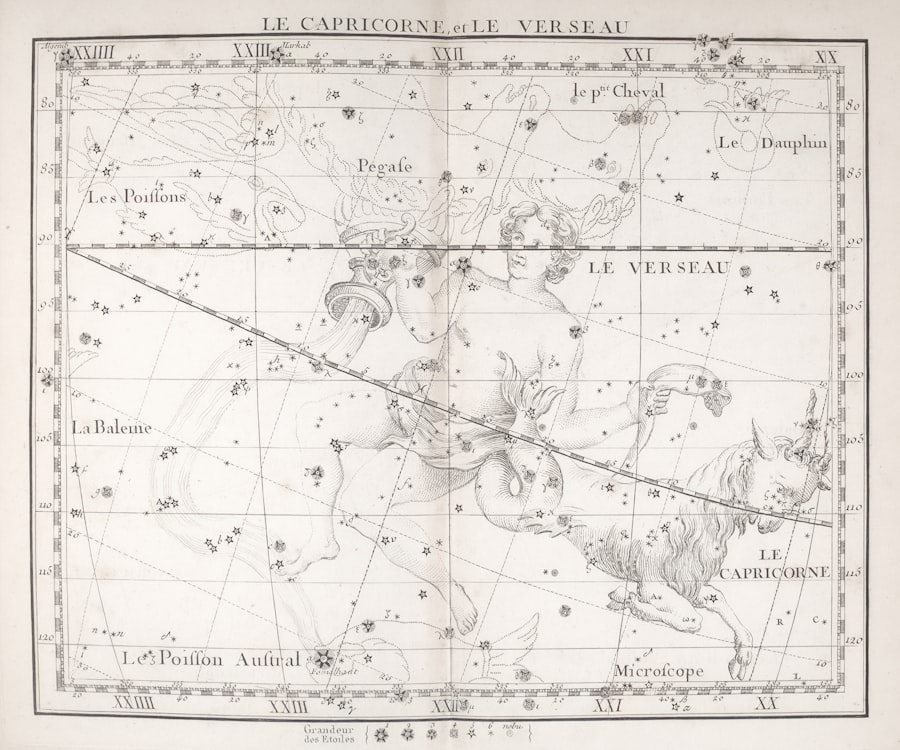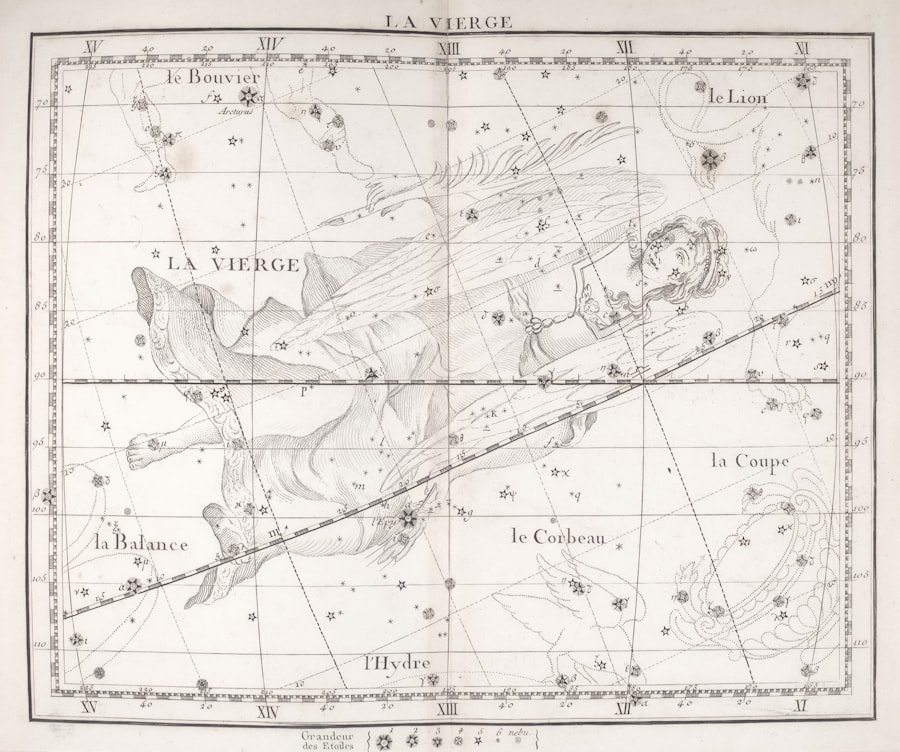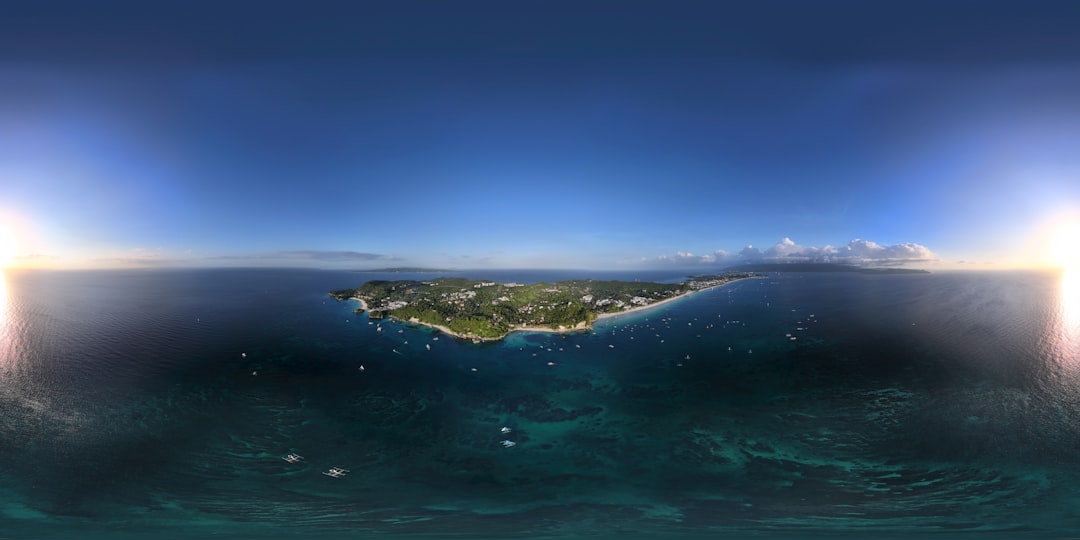The Bermuda Triangle and the Drake Passage are two of the most enigmatic and perilous regions in the world, each steeped in mystery and intrigue. The Bermuda Triangle, located in the western part of the North Atlantic Ocean, is infamous for its purportedly high incidence of aircraft and maritime disappearances. Stretching between Miami, Bermuda, and Puerto Rico, this area has captured the imagination of adventurers, scientists, and conspiracy theorists alike.
On the other hand, the Drake Passage, situated between the southern tip of South America and Antarctica, is known for its treacherous waters and extreme weather conditions. This narrow body of water serves as a critical route for vessels navigating between the Atlantic and Pacific Oceans, yet it is equally notorious for its unpredictable nature. Both regions have become synonymous with danger and mystery, drawing attention from explorers and researchers who seek to unravel their secrets.
While the Bermuda Triangle is often associated with supernatural phenomena and urban legends, the Drake Passage is characterized by its harsh environmental conditions that challenge even the most seasoned mariners. Together, these two locations represent the duality of human fascination with the unknown—one steeped in myth and the other grounded in reality.
Key Takeaways
- The Bermuda Triangle is a region in the western part of the North Atlantic Ocean, while the Drake Passage is a body of water between South America’s Cape Horn and the South Shetland Islands of Antarctica.
- The Bermuda Triangle has been the subject of numerous myths and legends, including the disappearance of ships and aircraft under mysterious circumstances, while the Drake Passage has a history of challenging and treacherous conditions for sailors and explorers.
- The Bermuda Triangle is known for its unpredictable weather patterns, magnetic anomalies, and deep ocean trenches, while the Drake Passage is characterized by strong winds, powerful currents, and icebergs.
- The Bermuda Triangle has been associated with unexplained disappearances of ships and aircraft, as well as reports of electronic malfunctions and strange lights, while the Drake Passage has seen notable incidents of shipwrecks and maritime disasters due to its hazardous conditions.
- While the Bermuda Triangle has been the subject of various scientific theories and explorations to uncover its mysteries, the Drake Passage continues to pose navigation challenges and risks for ships and aircraft, making it a formidable maritime route.
History and Legends of the Bermuda Triangle
The history of the Bermuda Triangle is rich with tales of adventure, tragedy, and speculation. The term “Bermuda Triangle” was first popularized in the 20th century, but stories of strange occurrences in this region date back centuries. One of the earliest recorded incidents involved the disappearance of the USS Cyclops in 1918, a naval cargo ship that vanished without a trace while en route from Barbados to Baltimore.
This event set the stage for a series of mysterious disappearances that would fuel public imagination for decades to come. Legends surrounding the Bermuda Triangle have been further embellished by authors and filmmakers who have sought to explain its mysteries through various theories. Some suggest that extraterrestrial activity or underwater cities may be responsible for the vanishing vessels and aircraft.
Others point to natural phenomena such as magnetic anomalies or rogue waves as potential explanations. Regardless of the theories proposed, the allure of the Bermuda Triangle remains strong, captivating audiences with its blend of history and legend.
Geography and Characteristics of the Bermuda Triangle

Geographically, the Bermuda Triangle encompasses an area of approximately 500,000 square miles, defined by three points: Miami, Bermuda, and San Juan, Puerto Rico. This triangular expanse features a diverse marine environment characterized by deep oceanic trenches, coral reefs, and islands that dot its surface. The warm waters of the Gulf Stream flow through this region, contributing to its unique ecological characteristics while also playing a role in its unpredictable weather patterns.
The Bermuda Triangle’s geography is not only visually stunning but also complex. The underwater topography includes deep-sea trenches that can reach depths of over 25,000 feet, creating an environment ripe for exploration yet fraught with danger. The combination of warm waters and varying currents can lead to sudden storms and turbulent seas, making navigation challenging for even experienced sailors.
This geographical complexity adds another layer to the mysteries that surround this infamous region.
Mysterious Disappearances and Unexplained Phenomena in the Bermuda Triangle
| Incident | Date | Description |
|---|---|---|
| Flight 19 | December 5, 1945 | A squadron of five U.S. Navy bombers disappeared during a training flight. |
| USS Cyclops | March 4, 1918 | A U.S. Navy cargo ship vanished without a trace with 309 people on board. |
| SS Marine Sulphur Queen | February 4, 1963 | A T2 tanker ship carrying molten sulfur disappeared with 39 crew members. |
| Flight DC-3 | December 28, 1948 | A Douglas DC-3 aircraft with 32 people on board vanished en route to Miami. |
The Bermuda Triangle has been the site of numerous mysterious disappearances that have left both experts and enthusiasts puzzled. One of the most famous cases involves Flight 19, a group of five TBM Avenger torpedo bombers that vanished during a training flight in December 1945. Despite extensive search efforts, no wreckage was ever found, leading to speculation about what might have happened to these aircraft and their crew.
This incident became emblematic of the broader enigma surrounding the Bermuda Triangle. In addition to aircraft disappearances, numerous ships have also reportedly vanished without explanation in this region. The USS Cyclops remains one of the most notable examples, but countless other vessels have met similar fates over the years.
Some theories suggest that sudden changes in weather or navigational errors may account for these incidents; however, many remain unconvinced by such explanations. The combination of human error, environmental factors, and perhaps something more inexplicable continues to fuel fascination with this area.
Exploration and Scientific Explanations of the Bermuda Triangle
Despite its reputation for mystery, scientific exploration has sought to demystify the Bermuda Triangle through research and investigation. Oceanographers and meteorologists have studied this region extensively to understand its unique environmental conditions better. One prevailing theory suggests that methane hydrates—frozen gas deposits found on the ocean floor—could be responsible for some disappearances.
When released into the water column, these gas bubbles can reduce buoyancy and cause vessels to sink rapidly. Additionally, researchers have examined magnetic anomalies in the area that could interfere with navigational instruments. These anomalies may lead to disorientation among pilots and sailors alike, contributing to accidents in an already treacherous environment.
While science has provided some plausible explanations for certain incidents within the Bermuda Triangle, many questions remain unanswered, leaving room for speculation and intrigue.
History and Notable Incidents in the Drake Passage

The Drake Passage has a storied history marked by exploration and perilous voyages. Named after Sir Francis Drake, who navigated these waters in the late 16th century, this passage has long been a critical route for explorers seeking to traverse between continents. However, it is also infamous for its harsh conditions that have claimed numerous ships over the centuries.
One notable incident occurred in 1914 when Ernest Shackleton’s Endurance became trapped in pack ice while attempting to cross this treacherous passage during his Antarctic expedition. The challenges posed by the Drake Passage are not limited to historical accounts; modern vessels continue to face dangers while navigating these waters. The passage is often characterized by strong winds and turbulent seas that can create waves exceeding 30 feet in height.
These conditions have led to numerous maritime disasters throughout history, making it essential for sailors to approach this region with caution and respect.
Geography and Characteristics of the Drake Passage
Geographically, the Drake Passage is situated between Cape Horn at the southern tip of South America and Antarctica. It serves as a natural barrier between two major oceans—the Atlantic and Pacific—and is known for its cold waters and strong currents. The passage spans approximately 600 miles at its widest point and features a unique marine ecosystem that supports diverse wildlife, including whales, seals, and seabirds.
The characteristics of the Drake Passage are defined by its extreme weather patterns and oceanic conditions. The convergence of cold Antarctic waters with warmer currents creates a volatile environment where storms can develop rapidly. This unpredictability poses significant challenges for navigation and has earned the passage a reputation as one of the most dangerous waterways in the world.
Sailors must be well-prepared to face these challenges when traversing this formidable region.
Treacherous Conditions and Hazards in the Drake Passage
The treacherous conditions within the Drake Passage are well-documented among mariners who have braved its waters. The combination of strong winds, powerful currents, and unpredictable weather patterns creates an environment where even experienced sailors can find themselves in perilous situations. The infamous “screaming fifties”—a term used to describe fierce winds that often exceed 50 knots—can whip up massive waves that pose significant risks to vessels attempting to navigate through this passage.
In addition to high winds and rough seas, icebergs present another hazard for ships traversing the Drake Passage. As vessels approach Antarctica, they must remain vigilant for floating ice that can be both difficult to detect and dangerous if struck. These hazards underscore the importance of thorough preparation and navigation skills when sailing through this challenging region.
Navigation and Challenges for Ships and Aircraft in the Drake Passage
Navigating through the Drake Passage requires skillful seamanship and an understanding of its unique challenges. Mariners must contend with rapidly changing weather conditions that can shift from calm to stormy within minutes. Accurate weather forecasting is crucial for planning safe passages; however, even advanced technology cannot always predict sudden changes in conditions.
Aircraft also face challenges when flying over or near the Drake Passage due to turbulence caused by strong winds and storms below. Pilots must be prepared for potential turbulence during takeoff or landing at nearby airports while remaining aware of their surroundings at all times.
Comparing the Mysterious Bermuda Triangle and the Treacherous Drake Passage
While both the Bermuda Triangle and Drake Passage are known for their dangers, they differ significantly in nature and reputation. The Bermuda Triangle is often shrouded in mythological tales of supernatural occurrences and unexplained phenomena that captivate public imagination. In contrast, the Drake Passage is grounded in reality; its treacherous conditions are well-documented through historical accounts and scientific research.
Despite their differences, both regions share a common thread: they represent humanity’s ongoing struggle against nature’s unpredictability. Whether it be through tales of lost ships in the Bermuda Triangle or accounts of perilous voyages across the Drake Passage, these areas serve as reminders of both adventure’s allure and nature’s formidable power.
Exploring the Mysteries and Dangers of the Bermuda Triangle and the Drake Passage
In conclusion, both the Bermuda Triangle and Drake Passage embody humanity’s fascination with mystery and danger on our planet’s vast oceans. The Bermuda Triangle continues to intrigue with its tales of unexplained disappearances while inviting speculation about supernatural forces at play. Conversely, the Drake Passage stands as a testament to nature’s raw power—a place where skilled mariners must navigate treacherous waters fraught with hazards.
As explorers continue to venture into these enigmatic regions, they carry with them a sense of wonder mixed with caution—a reminder that while humanity seeks to understand our world better, there will always be elements beyond comprehension waiting just beneath the surface. Whether through scientific inquiry or adventurous exploration, both locations will undoubtedly continue to inspire curiosity for generations to come.
The Bermuda Triangle and the Drake Passage are two of the most enigmatic and treacherous maritime regions in the world, each with its own set of mysteries and challenges for sailors. While the Bermuda Triangle is infamous for the numerous ships and aircraft that have disappeared under mysterious circumstances, the Drake Passage is known for its unpredictable weather and rough seas, making it a formidable route for even the most experienced mariners. For those interested in exploring more about these fascinating maritime phenomena, a related article can be found on MyGeoQuest. This article delves into the unique characteristics and historical accounts associated with these regions, providing a comprehensive understanding of their enduring allure and danger. You can read more about it by visiting this link.
WATCH NOW! Drake Passage: Earth’s Deadliest Waters Revealed
FAQs
What is the Bermuda Triangle?
The Bermuda Triangle, also known as the Devil’s Triangle, is a loosely defined region in the western part of the North Atlantic Ocean where a number of aircraft and ships are said to have disappeared under mysterious circumstances.
What is the Drake Passage?
The Drake Passage is the body of water between the southern tip of South America at Cape Horn, Chile, and the South Shetland Islands of Antarctica. It is known for its rough seas and challenging sailing conditions.
Are there any similarities between the Bermuda Triangle and the Drake Passage?
Both the Bermuda Triangle and the Drake Passage are known for their mysterious and dangerous reputations. They have been the subject of numerous theories and legends regarding unexplained disappearances and strange occurrences.
What are some differences between the Bermuda Triangle and the Drake Passage?
The Bermuda Triangle is located in the North Atlantic Ocean, while the Drake Passage is located in the southern part of the Atlantic Ocean. The Bermuda Triangle is known for its disappearances of aircraft and ships, while the Drake Passage is known for its challenging sailing conditions and rough seas.
Is there any scientific explanation for the phenomena associated with the Bermuda Triangle and the Drake Passage?
Many scientists believe that the disappearances and incidents associated with the Bermuda Triangle can be attributed to natural causes such as human error, violent weather, and geological factors. The rough seas and challenging sailing conditions in the Drake Passage are primarily due to the convergence of the Atlantic, Pacific, and Southern oceans, which creates strong winds and currents.
